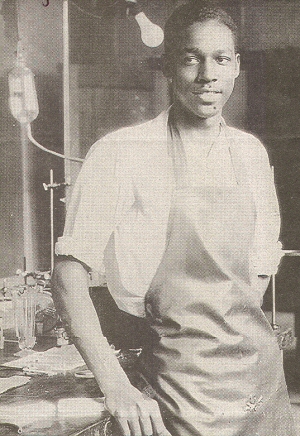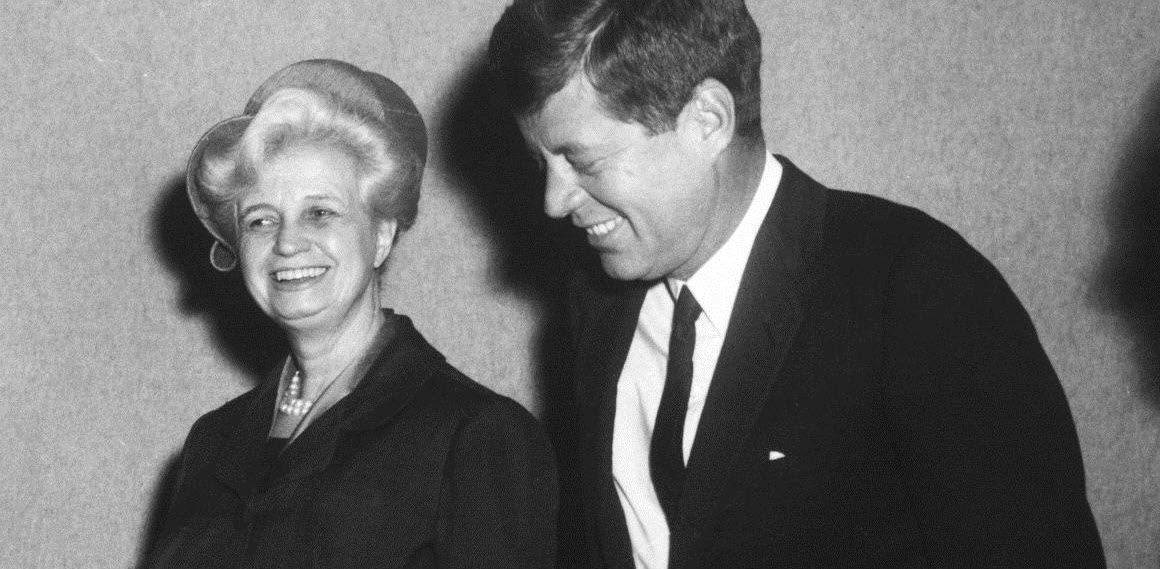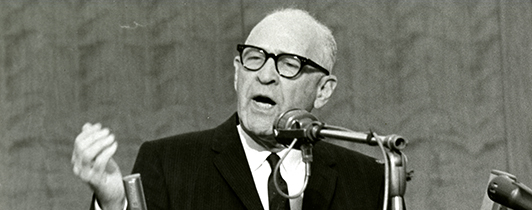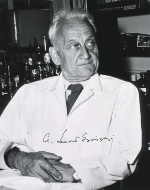Albert Szent-Györgyi (1893–1986), a Hungarian physiologist, won the Nobel Prize in Physiology or Medicine in 1937 for "discoveries in connection with the biological combustion process with special reference to vitamin C and the catalysis of fumaric acid." In 1938, he began work on the biophysics of muscle movement. Muscles, he discovered, contain actin, which when combined with the protein myosin and the energy source ATP, contract muscle fibers.
During World War II, he stayed in Hungary and worked with the Resistance to oppose the Nazis. After the war, unhappy with the new Communist regime, he emigrated to the United States.
In 1947, Szent-Györgyi established the Institute for Muscle Research at the Marine Biological Laboratory in Woods Hole, Massachusetts. In 1948 he also began working at the National Institutes of Health (NIH) in Bethesda, Maryland. During the 1950s, Szent-Györgyi began using electron microscopes to study muscles. He received the Lasker Award in 1954 and became a member of the National Academy of Sciences in 1956.
This oral history collection consists of nine interviews with family, colleagues, and friends of Szent-Györgyi, who discuss the man, his work, his reputation, etc. It was originally conducted by the National Library of Medicine in 2004 for its Profiles in Science project. Interviewees are Robert Beukers, John Gergely, Shun-Ichi Hata, Ruth Johnsson Hegyeli, Jane McLaughlin, Ralph Moss, Ronald Pethig, Delbert Philpott, and Andrew Szent-Györgyi.




